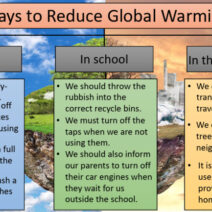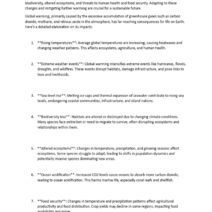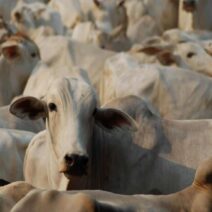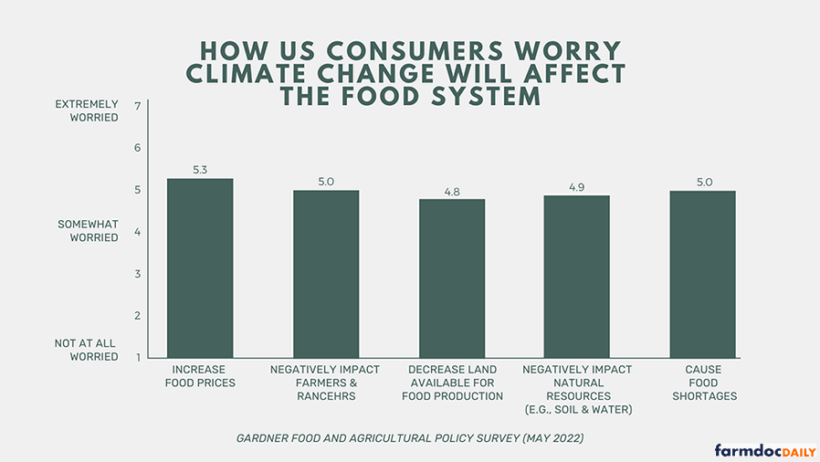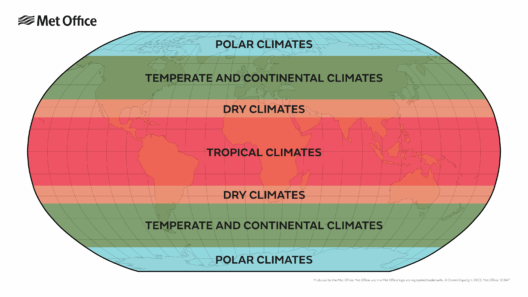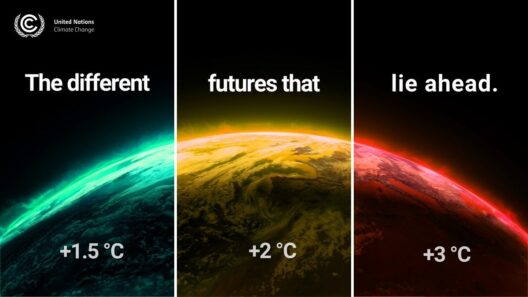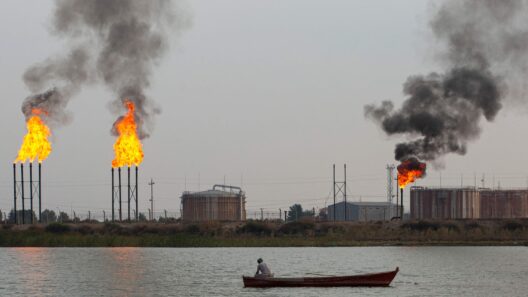The confluence of climate change and the food crisis presents an urgent situation that transcends mere agricultural statistics; it embodies a multifaceted challenge that requires our immediate attention and rigorous discourse. Have you ever pondered how your next meal might be influenced by climatic turbulence? This inquiry is not merely rhetorical; it raises significant implications for food security across the globe. Food insecurity is no longer relegated to distant lands; it is a phenomenon that permeates both developing nations and affluent societies, unearthing the interwoven threads of environmental degradation and societal instability.
The first step in unraveling this complex nexus is to acknowledge the inherent vulnerability of our food systems to climatic perturbations. Agriculture is intrinsically linked to climate; it relies heavily on stable weather patterns, adequate rainfall, and suitable temperatures. Yet, the relentless advance of climate change, driven by anthropogenic activities, has obliterated many of these predictabilities. Extreme weather events such as droughts, floods, and hurricanes have become increasingly rampant, threatening crop yields and food production in unprecedented ways. The International Panel on Climate Change has projected that rising temperatures alone could decrease global agricultural productivity by 10-25% by the year 2050.
Consider this: How can we ensure food security when the environment that nurtures our crops is under siege? Climate change is intensifying the frequency of adverse weather events, which in turn devastates harvests and exacerbates food shortages. The implications are manifold—less food means higher prices, and higher prices often precipitate socio-political turmoil. The Arab Spring of 2010 is a prime example where spike in food prices, influenced by agricultural shortfalls due to climate factors, instigated widespread protests and regime changes. This connection is palpable; it is not merely academic but a stark reality that underscores the need for urgent action.
Furthermore, we must delve into the repercussions of agricultural practices themselves, which often contribute to the climatic malaise that threatens food security. Industrialized agriculture, characterized by monocultures and heavy reliance on chemical inputs, is both a contributor to and a casualty of climate change. The indiscriminate usage of fertilizers and pesticides degrades soil health and biodiversity, further diminishing resilience against climatic volatility. As fertile earth becomes increasingly scarce due to erosion and pollution, the agricultural sector finds itself ensnared in a vicious cycle—a cycle that ultimately jeopardizes our food supply.
Reversing this trend necessitates a radical shift in both practices and policies. Sustainable agricultural techniques such as agroecology, permaculture, and regenerative farming must be embraced to restore soil health and enhance biodiversity. Such methods not only bolster the resilience of food systems against climate change but also reduce carbon emissions, creating a symbiotic relationship between agriculture and ecological preservation. This dual approach can mitigate the food crisis while curbing climate change—an endeavor that should be at the forefront of global priorities.
We cannot overlook the role of consumer behavior in this intricate equation. Every meal you consume reflects choices that reverberate through the agricultural landscape. The increasing demand for processed and out-of-season foods often drives unsustainable farming practices. In responding to the question of food security, it is crucial to advocate for local sourcing and seasonal eating. Not only does this reduce the carbon footprint associated with food transport, but it also supports local farmers who are often at the forefront of sustainable practices. If we are to foster a resilient food system, the consumer must embody the change we wish to see.
Moreover, the intersection of climate change and food security presents a rather paradoxical challenge—how do we balance the urgent need for food production with the imperative to protect our environment? This duality is further complicated by demographic pressures. The global population is projected to reach approximately 9.7 billion by 2050, necessitating a staggering 70% increase in food production. Such an endeavor, if approached with archaic methodologies, could wreak further havoc on both the environment and social systems. This is where innovation becomes paramount, driving us toward solutions that harmoniously blend food production with sustainability.
In addressing this multifaceted challenge, we must advocate for both policy reform and grassroots initiatives that prioritize sustainability. Governments should implement rigorous policies that incentivize sustainable agricultural practices, provide resources to farmers for transitioning to eco-friendly methods, and enhance research into climate-resilient crops. Additionally, public awareness campaigns can galvanize community involvement, promoting a collective understanding of the implications of our food choices.
In conclusion, the intricate relationship between climate change and the food crisis demands our unwavering focus—an understanding that when one facet is compromised, the other falters inevitably. It provokes a significant question: Are we prepared to engage with this complexity? The answer is not trivial. It demands cooperation across sectors and geographical boundaries, urging us to confront this challenge with creativity and resolve. Addressing the impending food crisis through a climate-conscious lens may not only safeguard our plates but also nurture a thriving planet for generations to come.
